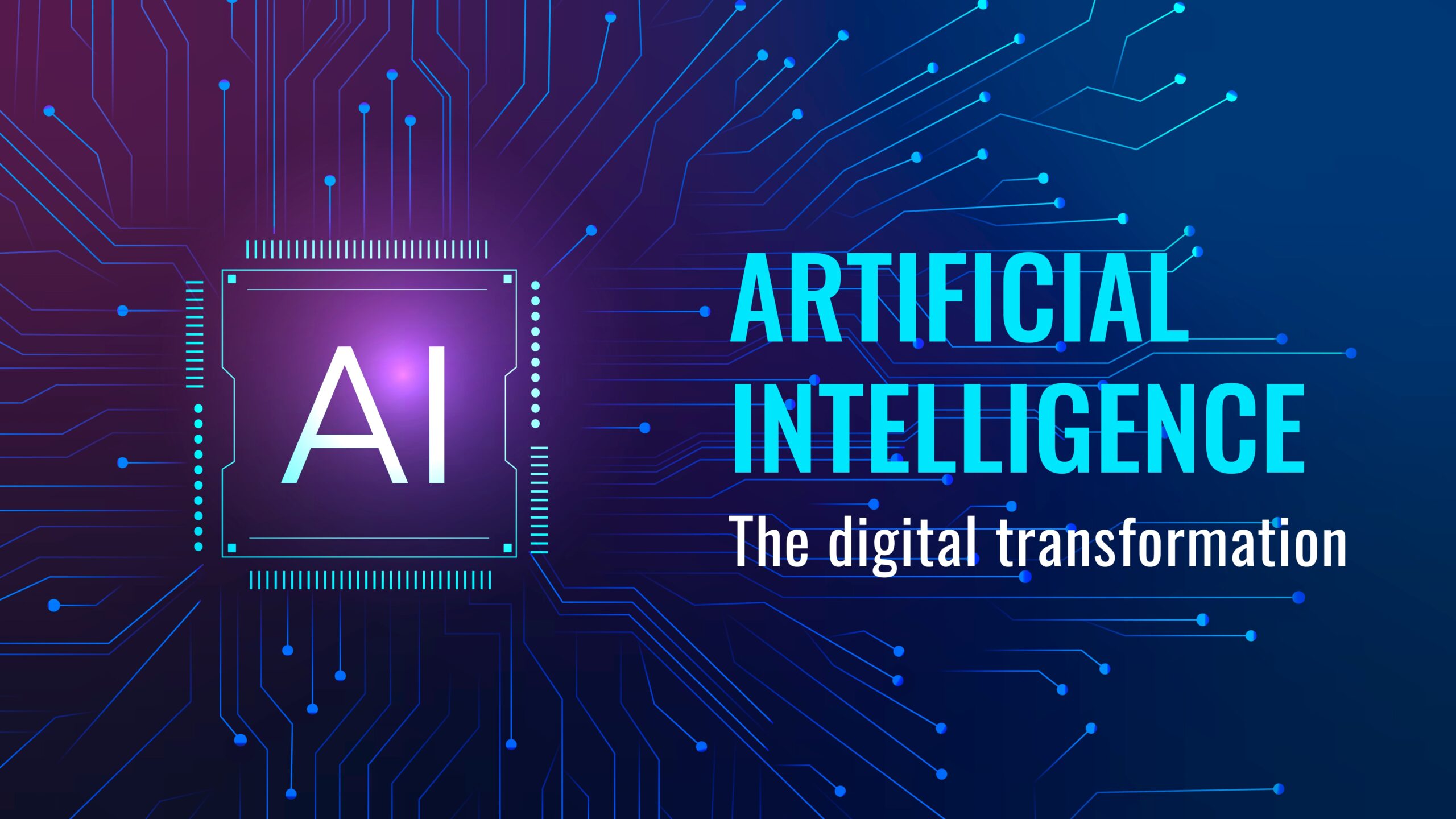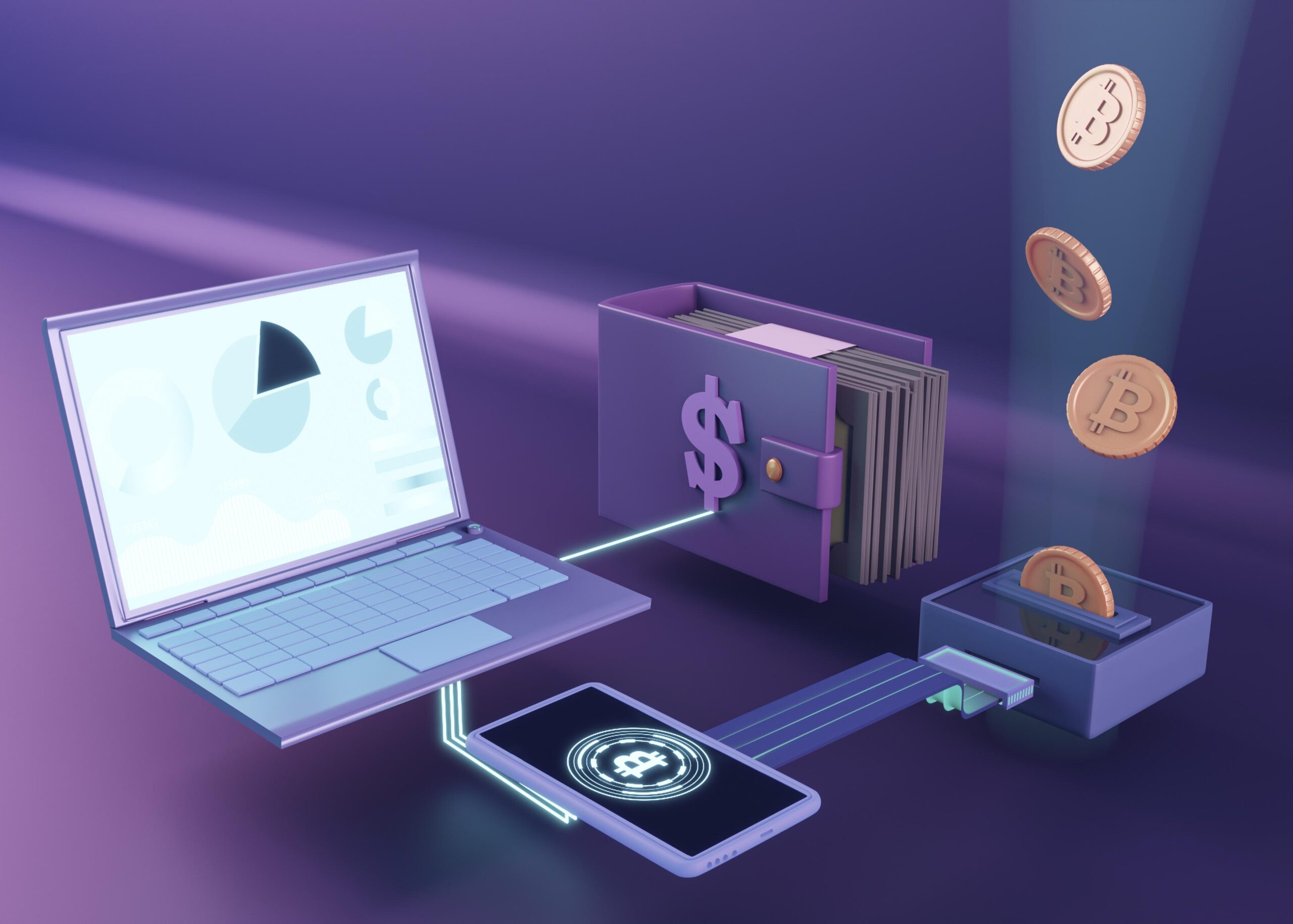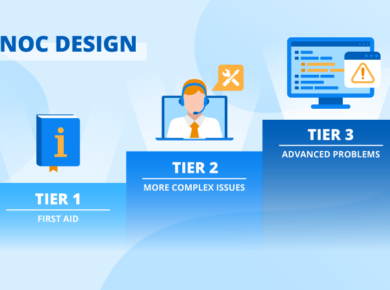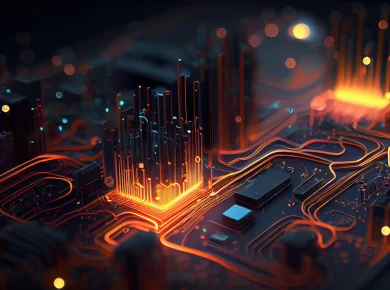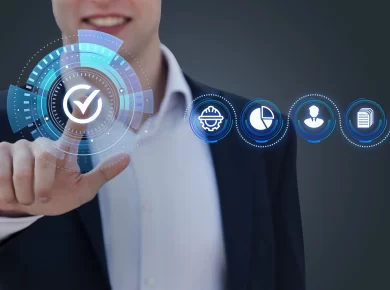
Networks, devices, programmes, and data are all protected from attack, damage, and unauthorised access by a variety of technologies, procedures, and best practises. These collectively are referred as “Cyber Security” or “IT security.”
Importance of Cybersecurity
Types of Cyberthreats
Types of Cybersecurity
Tips for Cybersecurity
Importance of Cyber Security
Government, military, corporate, financial, and medical organisations collect, process, and store unprecedented quantities of data on computers and other devices, making cyber security crucial. Sensitive information, such as intellectual property, financial data, personal information, or other sorts of data for which unauthorised access or exposure could have unfavourable effects, can make up a sizeable amount of that data.
In the course of conducting business, organisations transfer sensitive data across networks and to other devices; cyber security refers to the field devoted to safeguarding such data as well as the technology used to handle or store it. Companies and organisations, especially those responsible with protecting data related to national security, health, or financial records, must take action to defend their sensitive business and people information as the frequency and sophistication of cyber-attacks increase.
Types of Cyber Threats
The most common types of cyber threats include:
- Hacking
- Social Engineering
- Physical Security Attacks
- Viruses and Malware (malicious software)
- Ransomware attacks
Types of Cybersecurity
A broad concept like cybersecurity can be further divided into more focused subcategories. We’ll go over the five main categories of cybersecurity below.
Application Security
The process of creating, integrating, and testing security measures within online applications in order to defend them against attacks is known as application security, or AppSec.
Cloud Security
A more recent subset of cybersecurity is cloud security. It is the practise of safeguarding cloud computing infrastructures, along with any programmes that operate there and any data kept there.
Critical Infrastructure Security
Protecting a country’s or a region’s essential infrastructure is known as critical infrastructure security. The networks, systems, and resources that ensure physical and economic security, as well as public health and safety, are included in this infrastructure.
Internet of Things (IoT) security
IoT security, or “Internet of Things” security, is the process of securing almost any connected device that may communicate with the network without the intervention of a human. This covers the billions of other devices—monitors, printers, security cameras, motion sensors—as well as the networks to which they’re linked.
Network Security
Protecting computer networks and data from internal and external dangers is the practise of network security. Firewalls, virtual private networks, and two-factor authentication are examples of identity and access controls that can be useful.
Cybersecurity Tips
Unless you act, defensive cybersecurity solutions won’t be effective. Adopt these sound cybersecurity practises throughout your company to secure the protection of your business and consumer data. Best practises and defensive cybersecurity methods are used to secure your data.
Solutions for Defensive Cybersecurity
Investments in proactive cybersecurity solutions should be made by all enterprises. Your network and computers will be shielded from external attacks if these systems are implemented and proper cybersecurity practises are adopted.
Antivirus Software
It’s a preventative measure that monitors for bugs. The job of antivirus software is to detect viruses on your computer and remove them. Antivirus software also alerts you to potentially unsafe web pages and software.
Firewall
A firewall is a virtual wall that prevents harmful individuals and programmes from accessing your computer. It employs a filter that evaluates the legitimacy and safety of every request to access your computer.
Two-Factor Authentication (2FA)
A username or pin number and access to an external device or account, such as an email address, phone number, or security software, are required for two-factor authentication.
Virtual Private Network (VPN)
Your data enters and exits a web server through a “tunnel” created by a virtual private network (VPN). Your data is encrypted and safeguarded in that tunnel so that hackers and harmful software cannot access it or spy on you.
Although cyberattacks might be frightening, learning about cybersecurity doesn’t have to be. It is crucial to be ready and equipped, especially if you are handling the data of others. Businesses should spend time and money protecting their computers, servers, networks, and software, and they should keep up with new technological developments. If you’re looking for experienced IT partners or need more information visit www.scstechindia.com


